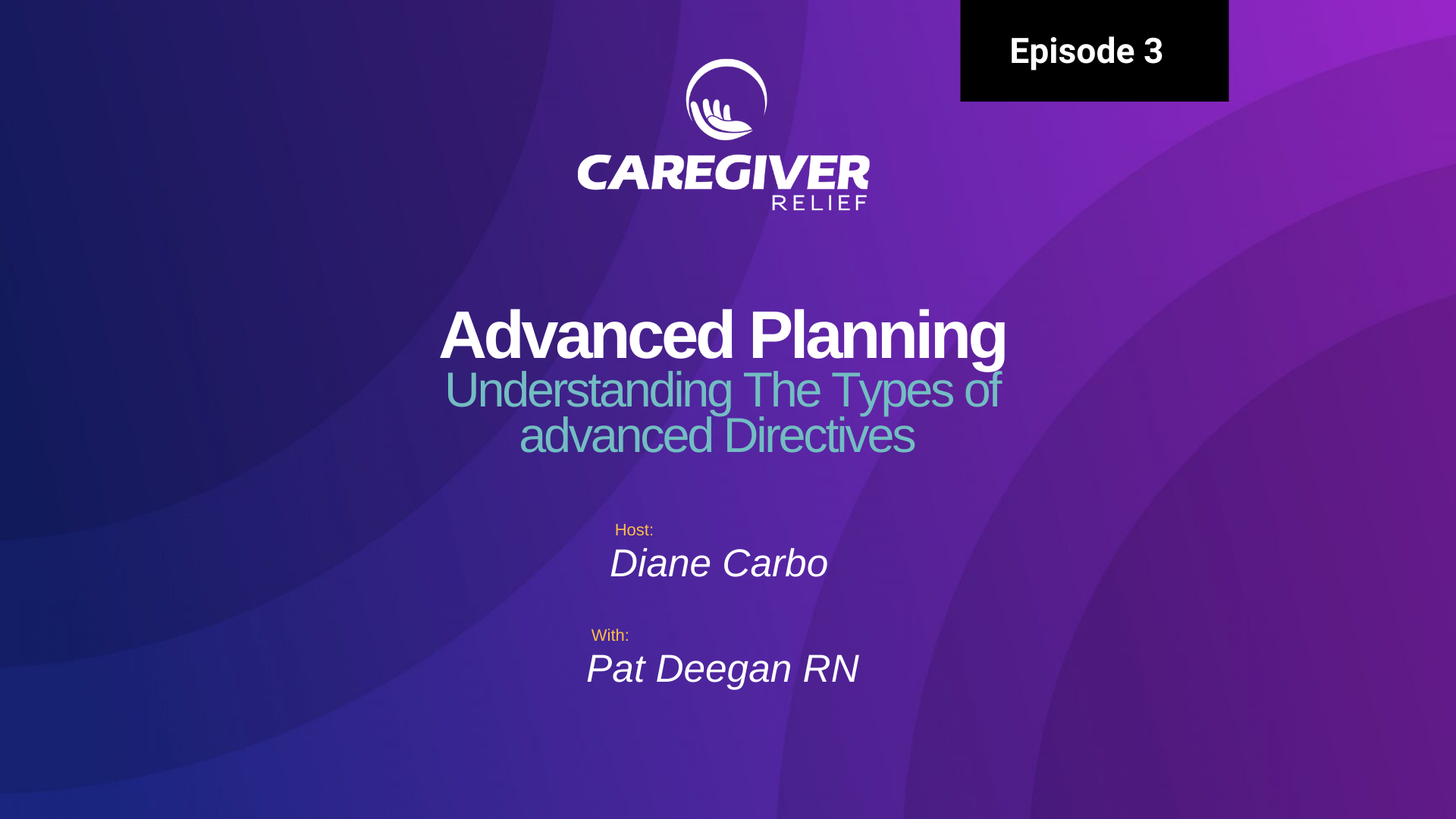Can You Have Both a Will and a Living Trust?
Wondering if you can have both a will and a living trust? Discover how these tools work together to secure your assets and fulfill your wishes. Learn the benefits, differences, and which options best protect your legacy.

Introduction to Wills vs Living Trusts
When it comes to estate planning, two of the most important estate planning tools you can create are a will and a living trust. Both of these documents are critical components of any comprehensive estate plan and can provide you with many legal and financial benefits. In this guide, we’ll cover what a will and a living trust are, how they’re different, and why it may be beneficial to have both.
A will is a legally binding document that dictates how a person’s assets should be distributed upon their death. A living trust, on the other hand, is a type of legal entity that holds and controls assets for the benefit of the creator and/or their beneficiaries. Both of these documents have distinct advantages and disadvantages, so it’s important to understand the differences between the two in order to make informed decisions about your estate planning.
Having both a will and a living trust can create a powerful foundation for your long-term financial and estate planning, allowing you to protect your assets and ensure that your wishes are carried out even long after you’re gone. In this guide, we’ll discuss the various reasons you may need both documents and the key benefits of having both.
What is a Will?
A last will is a legal document that outlines the wishes of a person, or the testator, regarding the disposal of their estate upon their death. Wills have been around for centuries and are an important part of any comprehensive estate plan. The purpose of a will is to ensure that your assets are distributed in accordance with your wishes after you die.
In order to create a will, you must first meet certain legal requirements. Generally, these requirements include that you must be at least 18 years old, of sound mind, and able to understand the implications of the document. Additionally, some states require an individual to sign the will in front of witnesses.
A will is a simple legal document that specifies how a person’s assets should be distributed after their death. The contents of a will may vary depending on the particular individual’s needs and desires. Generally, however, wills will include information about specific gifts to be given to individuals, trusts created for beneficiaries, the appointment of a guardian for minor children, instructions for the management of assets, and instructions for the payment of bills and taxes. Once created, a will must be kept up-to-date or it could potentially be contested by heirs.
Having a written will is essential for ensuring that your wishes are honored after you die. With a legally enforceable document, you will be able to rest assured that your estate will be distributed in accordance with your wishes. Without a will, state law will dictate how your assets are distributed, which may not be aligned with your wishes.
What is a Living Trust?
A revocable living trust is a legal document that allows a person to manage their estate while they are still living. The trust is created by the person, known as the grantor, and is managed by a trustee who is responsible for managing the assets of the trust and following the instructions outlined by the grantor. A revocable living trust helps to ensure that the grantor’s wishes are carried out after they die and offers the flexibility to be modified or revoked during the grantor's lifetime.
Living trusts have a long history in the United States, with the first ones being established in the late 19th century. In more recent times, they have become an increasingly popular tool for estate planning because they can help reduce the cost and complexity of administering an estate after someone passes away.
When creating a living trust, the grantor must clearly define the purpose of the trust and identify its beneficiaries. The common elements of a living trust include the grantor, trustees, and beneficiaries. The grantor is the creator of the trust and can also be one of the trustees. The trustees are the people responsible for managing the trust and ensuring that the directions of the grantor are followed. The beneficiaries are the people who receive the trust’s assets when the grantor dies.
In order to be valid, a living trust must abide by certain requirements set forth by state law. Generally, these require that the trust be in writing, properly executed, and witnessed by at least two people. Additionally, the grantor must be mentally competent when drafting the trust. Once the trust is created, it cannot be revoked or changed without the consent of all parties involved.
There are also certain limitations regarding the scope of a living trust. For example, the trust cannot be used to manage real estate held outside of the state where the trust was created. Additionally, any assets that are not explicitly named in the trust may not be covered. It is important to carefully consider all of these factors when setting up a living trust.
Differences Between a Will and a Living Trust
When making the decision to have either a will or a living trust, it is important to understand the differences between the two. Both a will and a living trust are legal documents used in estate planning, but they offer different benefits and limitations.
Advantages of A Will
- A will can be updated easily and quickly, allowing you to make changes when necessary.
- Wills are very cost-effective to create and set up.
- With a will, you have the ability to appoint guardians for minor children.
Advantages of A Living Trust
- Living trusts are revocable, so you have the ability to change or alter it if necessary.
- Living trusts can be used to manage assets both before and after death.
- Living trusts can help to avoid the probate process, which can be long and expensive.
Limitations of A Will in Probate Court
Wills must go through the probate process, which can be lengthy and expensive, especially if you have only a will.
With a will, you have no control over how your assets are distributed after you pass away.
Wills do not protect against creditors or lawsuits.
Limitations of A Living Trust
- Living trusts require more time and money to establish and maintain.
- Living trusts cannot be used to manage assets after death.
- Living trusts provide limited protection against creditors and lawsuits.
The advantages and limitations of both a will and a living trust depend on your individual circumstances. It is important to understand the differences between the two, in order to make an informed decision when creating your estate plan.
Benefits of Having Both a Will and a Living Trust
Having both a will and a living trust can provide numerous benefits for individuals looking to create a comprehensive estate plan. A will allows you to specify how your assets will be distributed after your death, ensuring that your wishes are honored. On the other hand, a living trust enables you to transfer assets to beneficiaries without going through probate court, which can be a lengthy and costly process.
By having both documents, you can ensure that your estate plan is thorough and effective. A will can address specific instructions for distributing personal items and appointing guardians for minor children, while a living trust can manage larger assets and provide for a smoother transfer of property. This combination allows you to protect your assets and provide for your loved ones in a more efficient and organized manner.
Why You Need Both a Will and a Trust
While a will is essential for distributing assets and naming guardians for minor children, a living trust provides additional benefits that a will alone cannot offer. One of the primary advantages of a living trust is that it helps avoid probate, ensuring that your assets are managed and distributed according to your wishes without the delays and expenses associated with the probate process.
A living trust can also be used to distribute assets to beneficiaries with special needs, ensuring that they receive the necessary support without jeopardizing their eligibility for government benefits. Additionally, a living trust can help minimize estate taxes, providing further financial benefits for your heirs.
By having both a will and a living trust, you can create a comprehensive estate plan that addresses all aspects of your estate. This dual approach ensures that your assets are protected, your wishes are respected, and your loved ones are taken care of.
How to Set Up a Will
A will is a legal document that provides direction on how to distribute property after you have passed away. The process of creating a will involves several key steps and there are important considerations for each one. It is important to evaluate your individual circumstances and understand the laws applicable to your situation before creating your will.
Steps for Creating Your Will
- 1. Choose an Executor: Your executor will be in charge of managing the distribution of your assets and ensuring that your instructions are followed. Think carefully about who you want to appoint as they will have a great deal of responsibility. You can appoint a family member, close friend, financial institution or lawyer.
- 2. Choose Witnesses: Depending on the state you live in, it may be necessary for you to have at least two witnesses at the signing of your will. These people should not be beneficiaries of your will and should generally be unrelated to any of the beneficiaries.
- 3. Itemize Your Assets: List out all your assets such as bank accounts, stocks, real estate and personal items and note their estimated value.
- 4. Make Decisions about Beneficiaries and Allocations: Decide who will receive what pieces of your estate. It may also be wise to consider setting up a trust for any beneficiaries who are too young to understand the responsibility associated with receiving assets.
- 5. Put your Will in Writing: Once all the decisions about your beneficiaries and allocations have been made, you need to put it in writing. Ask a lawyer to help you draft your will and check for any errors, or use an online service. Be sure to provide a copy of your will to your executor and witnesses after signing.
Important Considerations
When creating a will, there are several important considerations you should take into account. First, make sure you understand the laws associated with wills in your state. Also, if you plan to move states, it is important to know that laws vary from state to state. Additionally, if you have a large estate it can be beneficial to consult with a lawyer to ensure that your will is properly drafted.
Finally, be sure to review your will regularly and update it if any of your circumstances change in order to ensure that your wishes will be followed.
How to Set Up a Living Trust
A living trust is an important part of estate planning, as it allows you to transfer assets to your beneficiaries outside of probate court. It can also provide additional tax advantages, as well as help you to appoint someone to manage your affairs if you become incapacitated.
In order to set up a living trust, there are several steps that need to be taken. The first step is to choose a trustee – this is the person who will be responsible for managing and administering your trust. You'll want to select someone you trust, such as an adult child, friend, or family member. If you do not know anyone suitable, you can also choose a professional or corporate trustee.
The next step is to decide what type of trust you will create. There are several different types of trusts available, so it is important to select the one that best fits your needs. You should consult with a qualified attorney or financial planner to ensure you are creating the right type of trust.
After the type of trust has been determined, you will need to title your trust appropriately. The trust should have a name that is easily identifiable, such as “John Doe's Living Trust”. This helps make it easier to locate the trust when needed.
The final step is to fund the trust. This means transferring assets into the trust. This can be done by executing the proper paperwork and working with your financial institution to have them transferred into the trust.
It is important to note that a living trust is not a “one size fits all” approach to estate planning and it should not take the place of a will. A comprehensive estate plan should include both a will and a living trust in order to protect your assets and your family in the event of your death or disability.

Avoiding Conflicts Between Wills and Living Trusts
When creating a will and a living trust, it’s essential to ensure that they do not conflict with each other. A conflict can arise if the will and living trust contain different instructions for distributing assets or if the living trust is not properly funded. To avoid such conflicts, it’s crucial to review and update both documents regularly to ensure that they align with your current wishes and circumstances.
One effective way to avoid conflicts is to use a “pour-over” will, which ensures that any assets not included in the living trust are transferred into the trust upon your passing. This helps keep your estate plan consistent and ensures that all assets are managed according to the terms of the trust.
What Happens When a Will and a Revocable Trust Conflict?
If a will and a revocable trust conflict, the trust document will typically take precedence. This is because a trust is a separate legal entity that holds assets and distributes them to beneficiaries according to the trust’s terms. A will, on the other hand, is a legal document that specifies how assets will be distributed after death. If there is a conflict between the two, the trust document will govern the distribution of assets.
To prevent such conflicts, it’s important to ensure that both documents are aligned and that the trust is properly funded. Regularly reviewing and updating your estate plan with the help of an estate planning attorney can help avoid any discrepancies and ensure that your wishes are carried out as intended.
Linking a Will and a Trust
When it comes to estate planning, having both a will and a living trust provides you with the flexibility to protect your assets and ensure that your wishes are respected. Linking a will and a living trust allows you to make changes to your estate plan as needed without having to update both documents separately.
There are several ways to link a will and a living trust. The most common way is to use a “pour-over” provision in the will. This provision ensures that all assets that are not currently held in the trust are transferred into the trust upon passing. This allows you to keep your will and trust in sync even if you need to update one or the other.
Another way to link a will and a living trust is to use a special agreement known as a “trust amendment”. A trust amendment ensures that the will always corresponds to the trust and vice versa. It also gives you the freedom to make any necessary changes to both documents without having to start the process from scratch.
Finally, you can also use a will codicil to link a will and a living trust. A codicil is a legal document that allows you to add or modify certain provisions of an existing will. By using a codicil, you can make changes to your will without having to create a new one, thereby ensuring that your trust and will remain linked and up-to-date.
By linking a will and a living trust, you can ensure that your assets are protected and distributed in accordance with your wishes. With the right estate planning strategies, you can ensure that your estate plan remains up-to-date and respects your desired wishes.
Additional Considerations for Estate Planning Tools
When creating a comprehensive estate plan using both a will and a living trust, there are other important considerations to keep in mind. It's important to understand the tax implications of both a will and a living trust, as well as any applicable state probate laws before making decisions about which to use. You'll also need to make sure both documents are legally binding and drafted according to the laws in the state in which they are created. In addition, it's important to consider the effect your estate plan may have on any living beneficiaries or heirs.
Along with legal and financial considerations, it's important to consider the emotional impact of estate planning. Estate planning can be a difficult process, and many people find it emotionally taxing. It's important to make sure you have the support of loved ones during this time, as difficult conversations may arise when determining how to divide assets. It's also important to ensure that any potential beneficiaries or heirs are not excluded from the process to ensure that everyone is in agreement with the decisions being made.

Frequently Asked Questions
Do Wills Require Probate?
Yes, wills typically require probate, which is a court proceeding that determines the validity of the will and ensures that the instructions in the will are carried out. The probate process can be time-consuming and expensive, often involving court fees and legal costs. However, a living trust can be used to avoid probate by transferring assets to beneficiaries without going through the probate process. By having a living trust, you can ensure that your assets are distributed according to your wishes without the need for probate, providing a smoother and more efficient transfer of property to your loved ones.
Conclusion
After considering a range of options with their associated benefits and compromises, you have the choice to create a comprehensive estate plan utilizing a will and living trust. Both the will and trust bring their own legal advantages. In summary:
- A will sets out your specific instructions for how you would like your assets to be distributed after you pass away.
- A living trust allows you to manage assets during your lifetime as well as after your death, without going through the probate process.
- You can create both a will and living trust to take advantage of all potential benefits.
- A will can help direct the distribution of your assets when there are no other designations or trusts in place.
- A living trust can ensure that your assets are properly distributed to beneficiaries with minimal delays and expenses.
- It is important to consult with a qualified legal advisor and financial planner to ensure that you create the most appropriate estate plan for your needs.
Whether you choose to create a will, a living trust, or both, carefully considering the options and seeking professional advice will ensure that your wishes are carried out and your assets are protected.
If you need help understanding wills vs living trusts, creating a will or setting up a trust, it's important to seek professional assistance from qualified legal advisors and financial planners.
Experienced attorneys can provide guidance on the right documents for your situation, advise on tax implications of different estate planning options, and ensure that all paperwork is properly filled out and signed.
Financial planners can offer advice on investments, money management, and other financial considerations related to estate planning.
Below is a list of resources to help you find qualified legal advisors and financial planners near you:
- State Bar Association - A good starting place for finding attorneys in your area who specialize in estate planning.
- National Association of Estate Planners & Councils - Comprehensive directory of credentialed estate planning professionals.
- Certified Financial Planners Board of Standards - Database of certified financial planners across the country.
- Better Business Bureau - Database of accredited businesses in your area.









